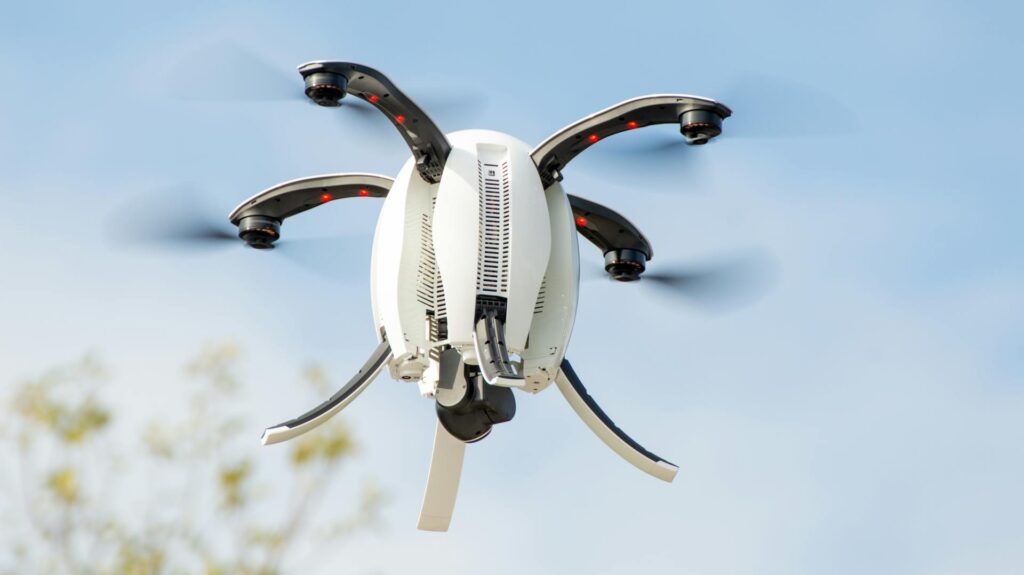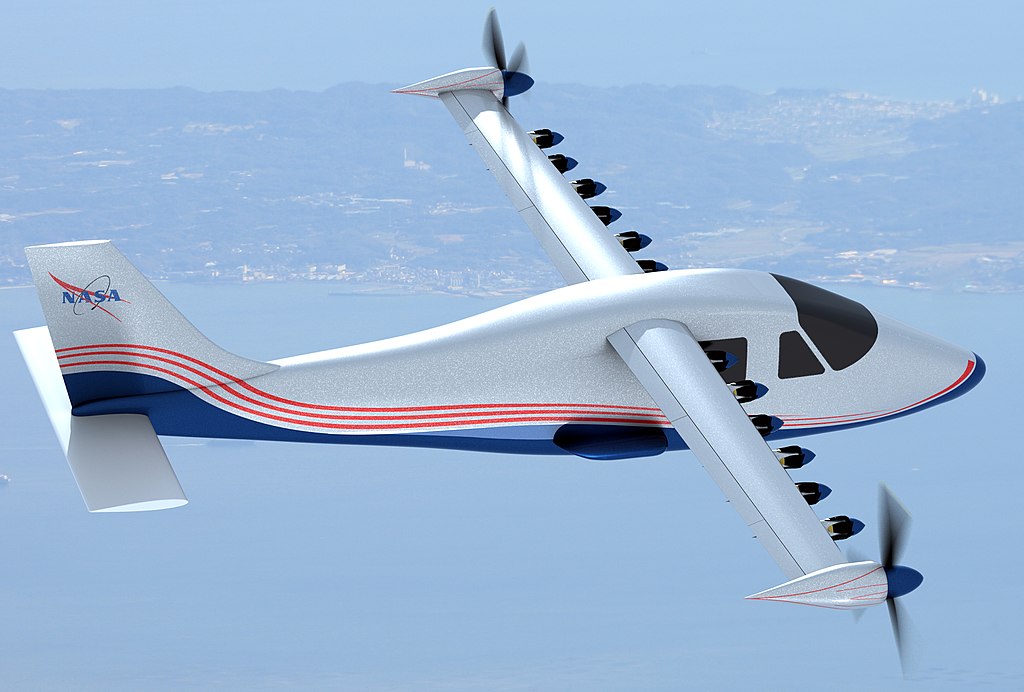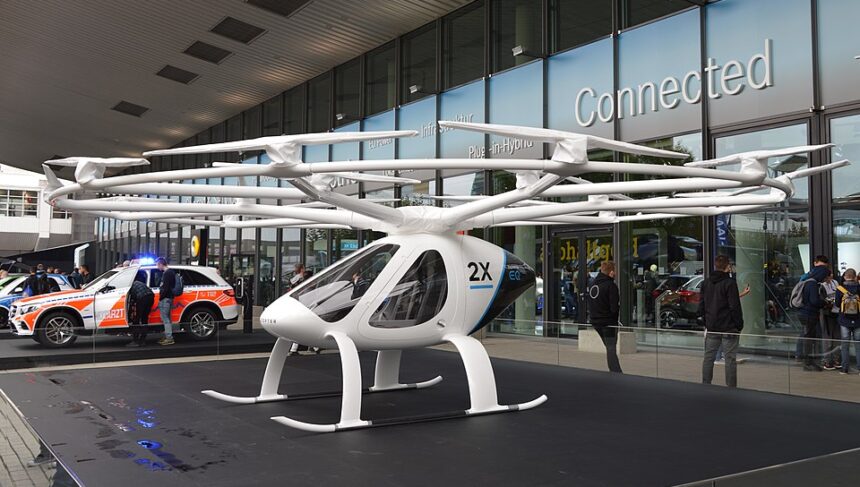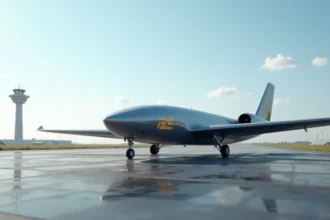The transportation landscape is evolving rapidly with advanced air mobility emerging as the next frontier in urban transportation. These electric vertical takeoff and landing (eVTOL) aircraft promise to revolutionize how we move within and between cities. However, despite billions in investment and ambitious promises from manufacturers, the advanced air mobility ecosystem faces substantial hurdles that have led to several high-profile setbacks in recent months. Industry experts are increasingly concerned about whether these technologies can overcome regulatory, technical, and economic obstacles within projected timelines.
Why Advanced Air Mobility Companies Are Facing Unexpected Certification Roadblocks
The path to commercialization for advanced air mobility vehicles has proven more complex than initially projected. Several leading companies have been forced to revise their timeline projections as they navigate the intricate certification processes established by aviation authorities. The Federal Aviation Administration has maintained stringent safety requirements for these novel aircraft, requiring extensive testing and validation beyond what many startups anticipated.
Certification challenges for advanced air mobility vehicles stem from their hybrid nature—they’re neither conventional aircraft nor traditional helicopters. This regulatory gray area has created unexpected complexity in the certification pathway. The novel propulsion systems, autonomous flight capabilities, and urban operating environments present unique safety considerations that existing regulatory frameworks weren’t designed to address.
Industry insiders report that several key advanced air mobility players have encountered certification hurdles specifically related to:
- Battery safety certification and containment systems
- Software validation for increasingly autonomous flight systems
- Noise certification for urban operations
- Emergency landing capabilities in densely populated areas
These technical and regulatory challenges have led to significant timeline extensions, with several prominent manufacturers pushing back commercial launch dates by 12-36 months.
The Infrastructure Gap Threatening Advanced Air Mobility’s Commercial Viability
While much attention focuses on the vehicles themselves, the supporting infrastructure represents perhaps the most significant barrier to widespread advanced air mobility adoption. According to research from NASA’s Advanced Air Mobility National Campaign, the vertiport network required for commercial operations faces significant hurdles in urban implementation.
The infrastructure requirements for advanced air mobility extend far beyond simple landing pads. Fully functional vertiports require:

- High-capacity electrical charging infrastructure
- Air traffic management systems specific to low-altitude urban airspace
- Weather monitoring capabilities
- Passenger processing facilities
- Integration with existing transportation networks
Many metropolitan areas are struggling with the regulatory, zoning, and community acceptance aspects of building this infrastructure. The Vertical Flight Society estimates that a minimum network of 3-5 vertiports is required to establish even basic operational viability in a single metropolitan area, with comprehensive coverage requiring dozens of facilities.
Financing these facilities presents another obstacle, as urban real estate costs make centrally located vertiports exceptionally expensive. Without substantial public-private partnerships, the investment case for this infrastructure remains challenging, creating a chicken-and-egg problem for the broader advanced air mobility ecosystem.
The Economic Reality Check Facing Advanced Air Mobility Operations
Beyond technical and regulatory challenges, the fundamental economics of advanced air mobility services have come under increased scrutiny. Early financial projections from manufacturers assumed rapid scaling and high utilization rates that now appear optimistic.
Current cost analyses suggest that advanced air mobility services will initially carry price points significantly higher than ground transportation alternatives. While early adopters and premium market segments may embrace these services, achieving the mass-market penetration needed for financial sustainability remains uncertain.
Battery life cycle costs represent a particularly concerning variable for advanced air mobility operators. The intensive charging and discharging cycles these aircraft require may necessitate battery replacements more frequently than originally projected, significantly impacting operating economics.
Market analysts project that advanced air mobility services may require 5-7 years of operations before achieving price points comparable to premium ground transportation options, substantially longer than many investment theses assumed.

Despite these challenges, the long-term potential of advanced air mobility remains compelling. The technology continues to advance, with improvements in battery energy density, noise reduction, and manufacturing efficiency. Regulatory frameworks are gradually adapting to accommodate these new vehicle categories, though at a pace slower than the industry initially hoped.
For investors and industry participants, recalibrating expectations regarding timelines and initial market applications has become essential. The most successful advanced air mobility ventures will likely be those with sufficient capital runways to weather extended certification processes and gradually build market acceptance through strategic initial applications like medical transport, cargo delivery, and premium passenger services in congested high-value routes.
While the urban air taxi vision that captured public imagination may be further in the future than originally projected, the technological foundations being built today will ultimately enable a transformation in urban mobility—just on a more measured timeline than the initial hype suggested.










